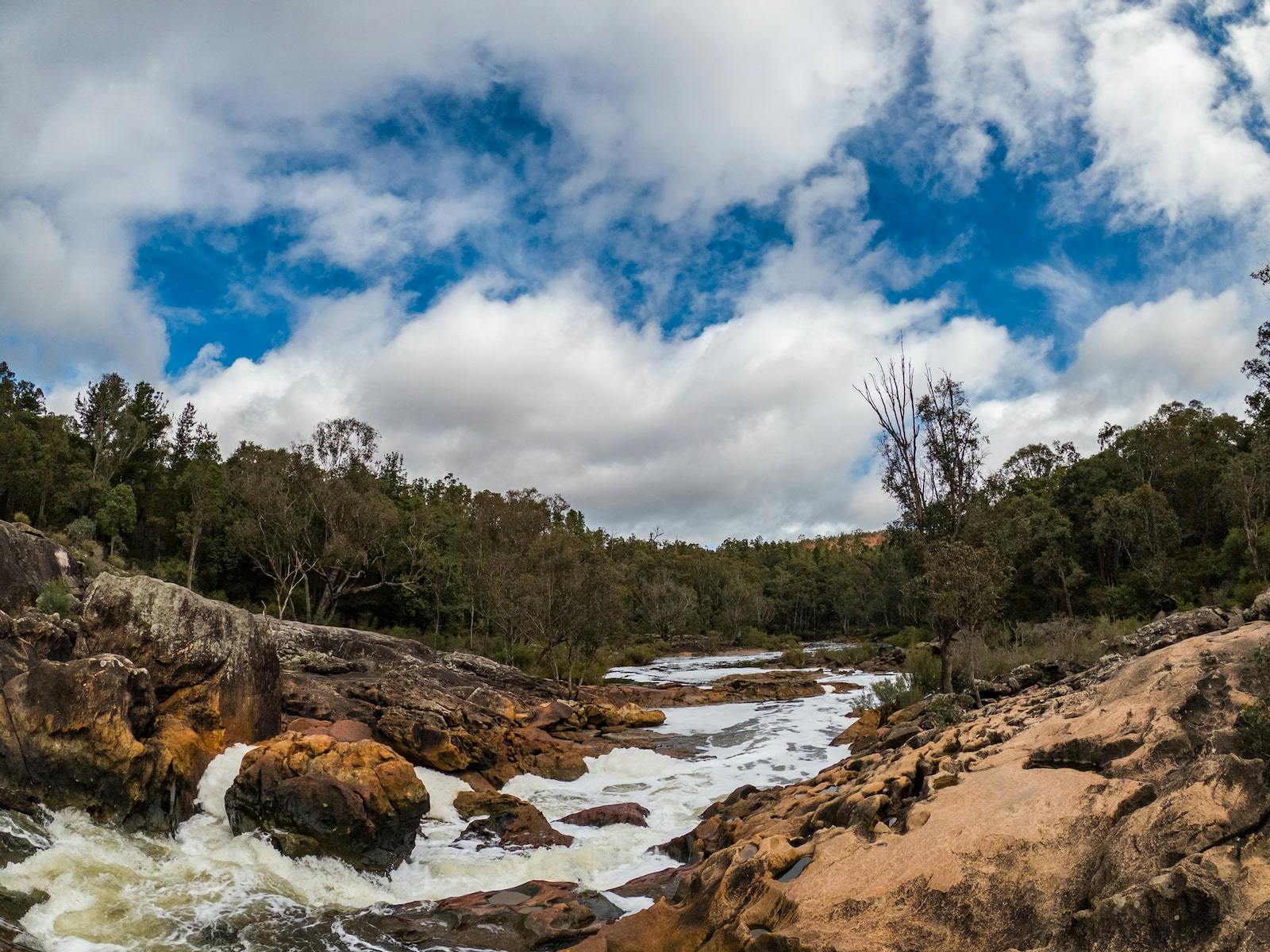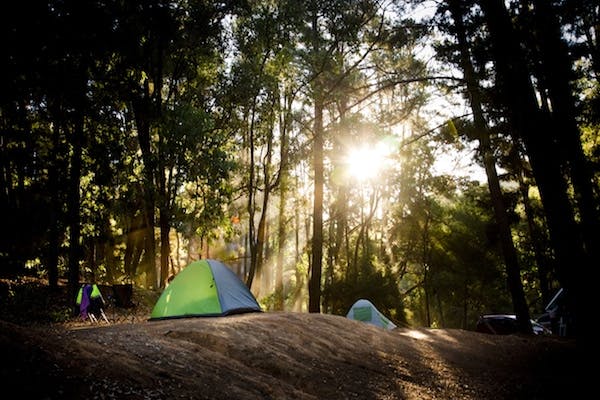Lane Poole Reserve: Everything You Need To Know

Perth may boast scenic beaches as our most popular geographical landmark, but that doesn’t mean we don’t have more to offer for those seeking an immersive forest adventure.
Western Australia is home to some exquisite camping locations and hiking trails, ranging from the popular Lesmurdie Falls in the Perth Hills, to the John Forrest National Park east of the city.
If you’re looking for an otherworldly camping experience, magical views, and unlimited adventure trails, look no further than Lane Pool Reserve:
What is it?
Declared in 1984 to protect conservation and recreation values within the Northern Jarrah Forest and the Murray River, Lane Pool Reserve covers over 50,000 acres and offers countless outback adventures. Standard visitor entry of 12 or fewer occupants is priced at $15 per vehicle while large vehicles charge $7 per person. These prices are average and a small price to pay for the wonderful adventure that awaits you.
Visitors are spoilt for choice, with eight campgrounds available for groups of small and large parties. Camps fill up quickly, with most sites available to book online to ensure availability, while others are first come first served.
The site boasts nature trails of ranging difficulty, stunning swimming spots, mountain biking
courses and unlimited photo opportunities.

Where Is It?
Located within the former town of Nanga Brook at the edge of the Darling Scarp, Lane Pool Reserve resides around 115km southeast of Perth, with the trip taking around 1.5 hours to reach by car. The trip takes place along the Kwinana Freeway before veering off through the scenic Paterson, Pinjarra-Williams and Nanga Road to Dwellingup, with the site entry located a mere 7.5km (roughly 7 minutes) south of the town.
What To Do:
Lane Pool Reserve holds fun for the whole family, with bushwalking, 4WD, horse riding, mountain biking and swimming being just some of the activities available. Spend a night (or three) and experience the countless opportunities for adventure within the exquisite forest area.
Known for Carnaby’s Cockatoos, the reserve is a birdwatcher’s dream, while those more inclined for water sports can find scenic kayak and canoeing spots to take a relaxing glide along the water.
Island Pool and Dwaarlindjirraap are just two of many attractions, popular for BBQ facilities, walking trails, swimming, and water activities.
Wanting a long walk to really immerse yourself in nature? King Jarrah Walk trail is the longest bush walk at 18km, with the shortest trail, Island Pool Walk Trail, stretching across 2km.
Good news for pup parents, dogs are allowed in certain areas, just be sure they’re always on a leash, making for a wholesome adventure between you and your best furry friend.
Want to do nothing? No worries. Sit under the stars and enjoy the peaceful serenity of nature with a full stomach and a warm heart.
What not to do:
Perth locals should be knowledgeable about prohibited burning season, with the reserve only allowing the use of a portable gas stoves or camp BBQs. No lighting of open fires is permissible during tis time. When fire regulation permits, firewood is available for purchase within Dwellingup, with the retrieval of wood from bushland being strictly prohibited.
For those hoping to catch their dinner along the river, you must have a license to fish. Do not feed animals and birds, even with all that leftover food from the BBQ.
Subscribe to our free newsletter!
Anything Else:
As the Australian outback can be tumultuous on the best of days, it is important to always remain cautious of changing weather conditions.
Follow safety instructions for swimming and canoeing/kayaking on the Murray River as water quality is not guaranteed and the river is subject to raised water levels after rain. Caution must always be taken.
Plan and prepare for bush walks, mountain biking trails and 4WDing to ensure the safety of both you and nature.
Remember to respect nature and wildlife by not disturbing animals or plants and leaving natural objects where they reside.
Image Credits: Shutterstock